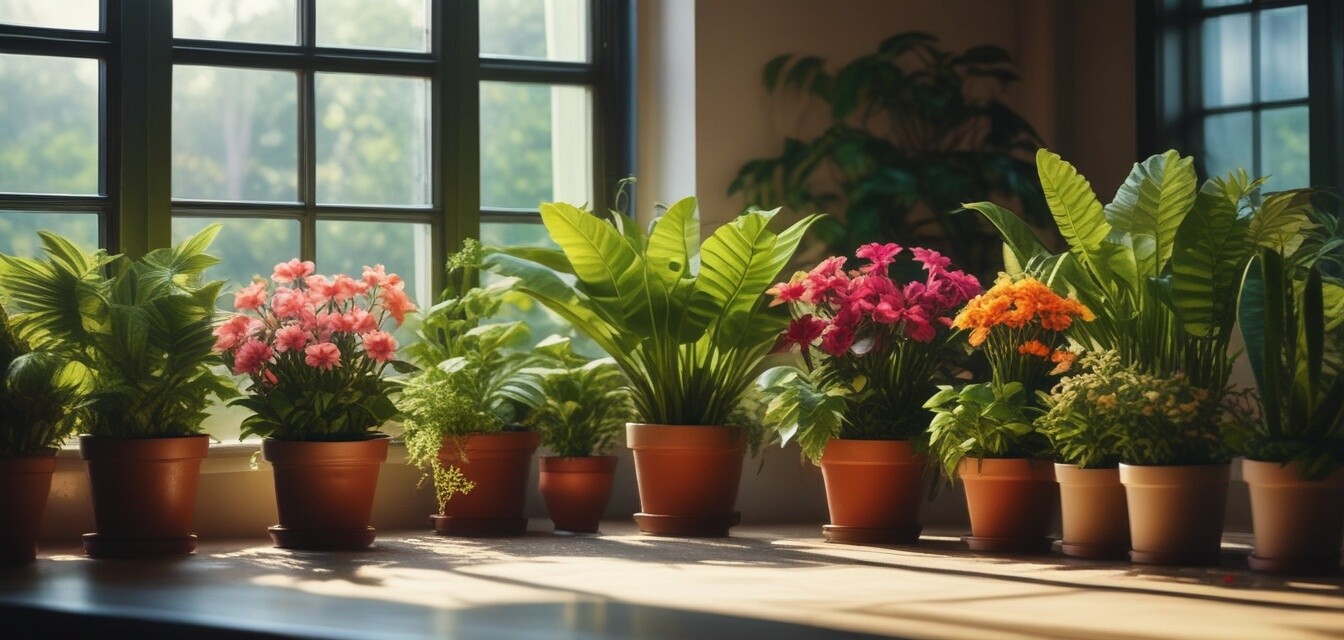
Tips for reviving neglected houseplants
- Identify the signs of neglect in your houseplants.
- Assess the plant's environment, including light and humidity levels.
- Implement recovery tactics such as repotting, proper watering, and pruning.
- Regular maintenance is key to keeping your houseplants healthy.
Houseplants can quickly become neglected due to busy lifestyles or lack of understanding of their care requirements. However, with a little time and attention, you can revive your beloved greenery. This guide will walk you through proven strategies to assess and implement the necessary tactics for restoring your houseplants to their former glory.
Recognizing signs of neglect
Start by identifying the signs that indicate your houseplants are not thriving:
| Signs of Neglect | Description |
|---|---|
| Yellowing Leaves | Often indicates overwatering or poor drainage. |
| Brown Leaf Tips | Usually a sign of underwatering or low humidity. |
| Wilting | Can result from inadequate water or extreme temperatures. |
| Leaf Drop | May indicate sudden environmental changes or pests. |
Assessing the environment
Once you've identified the signs of neglect, evaluate the environment where your houseplants are placed:
- Light: Consider whether your plants are receiving enough natural light. Different plants have varying light requirements. If you're unsure, check air-purifying plants that often thrive in lower light conditions.
- Temperature: Ensure the temperature in your home is appropriate for your plant species, typically between 65-75°F (18-24°C) for most indoor plants.
- Humidity: Check humidity levels, especially for tropical plants. You may need to use a humidifier or pebble trays.
Implementing recovery tactics
After assessing the environment, use the following tactics to revive your neglected houseplants:
1. Repotting
If your plant is root-bound or the soil has degraded, repotting can rejuvenate its growth.
- Gently remove the plant from its pot.
- Check the roots; trim away any that are rotten.
- Choose a slightly larger pot with fresh, well-draining soil.
2. Watering
Develop a suitable watering schedule:
- Water the plant thoroughly and let excess water drain.
- Use a moisture meter to determine the right time to water.
- Avoid letting the plant sit in standing water.
3. Pruning
Pruning can help rejuvenate your plant:
- Remove any dead or yellowing leaves.
- Pinch back leggy growth to promote bushier growth.
4. Fertilizing
After repotting, consider fertilizing your plants to encourage new growth. Use a balanced fertilizer during the growing season, following the instructions on the package.
Recurring Care Tips
To prevent your plants from becoming neglected again, regular maintenance is essential:
- Monitor light, water, and humidity levels regularly.
- Clean dust off leaves to allow better photosynthesis.
- Rotate pots occasionally to ensure even growth.
For more information on maintaining various houseplants, visit our Care Tips section.
Pros
- Revived plants can enhance home aesthetics.
- Improved air quality with healthy plants.
- A deeper connection with nature can be achieved.
Cons
- Time and patience needed for recovery.
- Some plants may not revive completely.
- Risk of pests if not managed properly.
Conclusion
Reviving neglected houseplants may seem daunting, but by following these tips and investing a bit of time, you can restore their health and vibrancy. Don't forget that consistency in care is key to keeping your indoor garden thriving. Love your plants, and they'll love you back!

